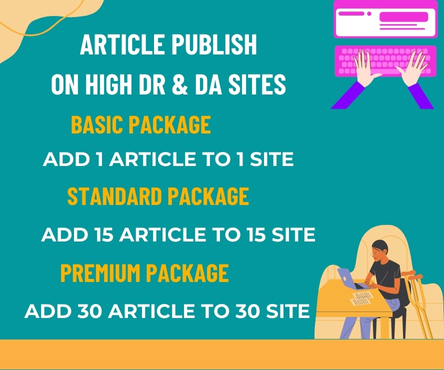Server errors can be a major headache for website administrators and users alike. When a server error occurs, it can prevent access to a website, disrupt business operations, and lead to lost productivity and revenue. In this article, we will explore the common causes of server errors, provide troubleshooting tips, and offer solutions to fix them.
Understanding Server Errors
A server error occurs when a server is unable to process a request from a client, such as a web browser. This can happen due to a variety of reasons, including server overload, misconfiguration, software bugs, or hardware failures. Server errors are typically identified by HTTP status codes, such as 500 Internal Server Error, 502 Bad Gateway, or 503 Service Unavailable.
Common Causes of Server Errors
- Server Overload: When a server receives more requests than it can handle, it can become overloaded and start returning errors. This can happen due to a sudden spike in traffic, poor server configuration, or inadequate resources.
- Misconfiguration: Incorrect server configuration can lead to errors, such as incorrect file permissions, misconfigured virtual hosts, or incorrect database settings.
- Software Bugs: Bugs in server software, plugins, or modules can cause errors, especially if they are not compatible with other software components.
- Hardware Failures: Hardware failures, such as disk crashes or network connectivity issues, can also cause server errors.
Troubleshooting Server Errors
To fix server errors, it’s essential to identify the root cause of the problem. Here are some troubleshooting tips:
- Check Server Logs: Server logs can provide valuable information about the error, including error messages, IP addresses, and timestamps.
- Check Server Resources: Monitor server resources, such as CPU usage, memory usage, and disk space, to identify potential bottlenecks.
- Test Server Configuration: Verify server configuration files, such as Apache or Nginx configuration files, to ensure they are correctly configured.
- Disable Plugins and Modules: Disable plugins and modules one by one to identify if any of them are causing the error.
Fixing Server Errors
Once the root cause of the error is identified, here are some solutions to fix server errors:
- Upgrade Server Resources: If server overload is the cause, upgrading server resources, such as adding more RAM or CPU, can help.
- Optimize Server Configuration: Optimize server configuration files to improve performance and prevent errors.
- Update Software: Update server software, plugins, and modules to the latest versions to fix bugs and security vulnerabilities.
- Replace Faulty Hardware: Replace faulty hardware components, such as disks or network cards, to prevent hardware-related errors.
Best Practices to Prevent Server Errors
To prevent server errors, follow these best practices:
- Monitor Server Performance: Regularly monitor server performance to identify potential issues before they become critical.
- Keep Software Up-to-Date: Keep server software, plugins, and modules up-to-date to fix bugs and security vulnerabilities.
- Test Server Configuration: Regularly test server configuration files to ensure they are correctly configured.
- Implement Load Balancing: Implement load balancing to distribute traffic across multiple servers and prevent overload.

